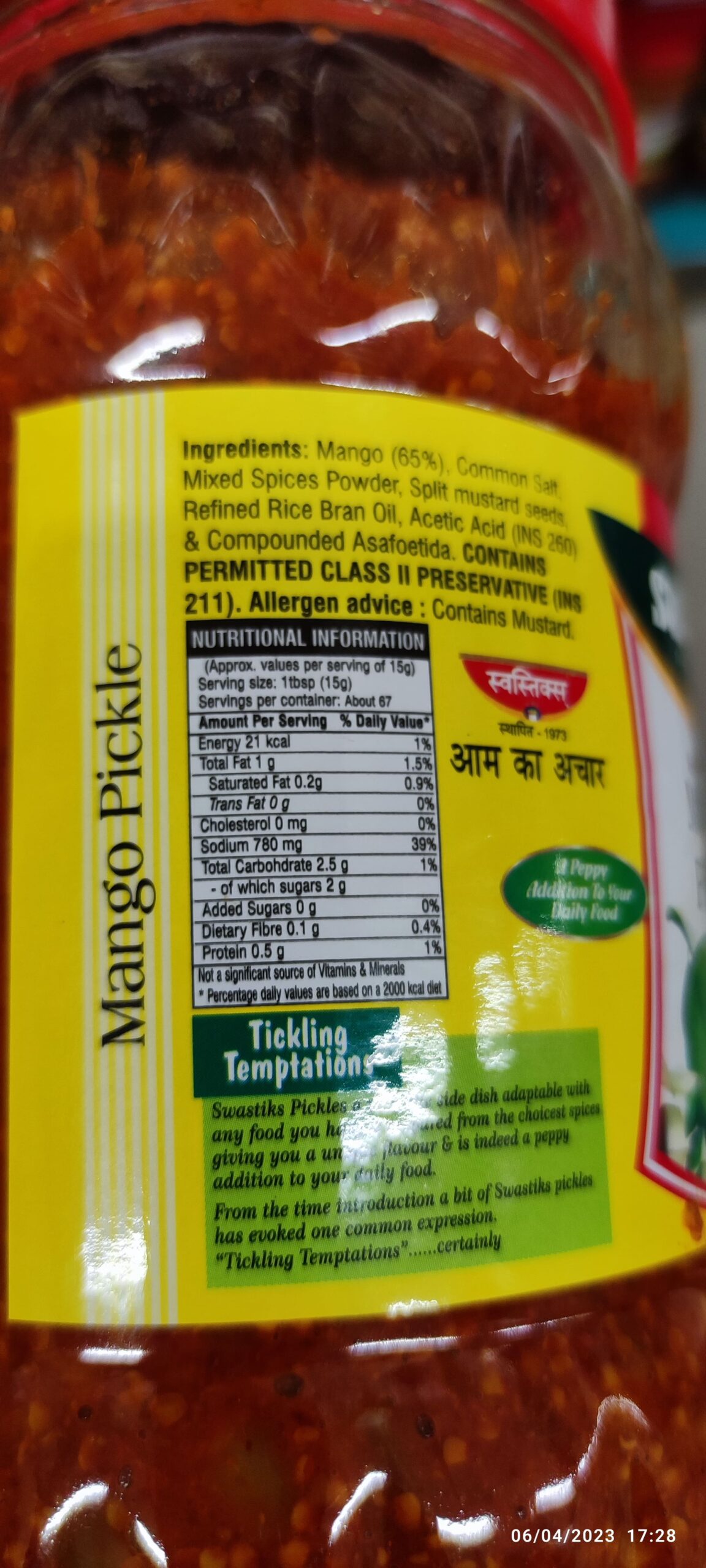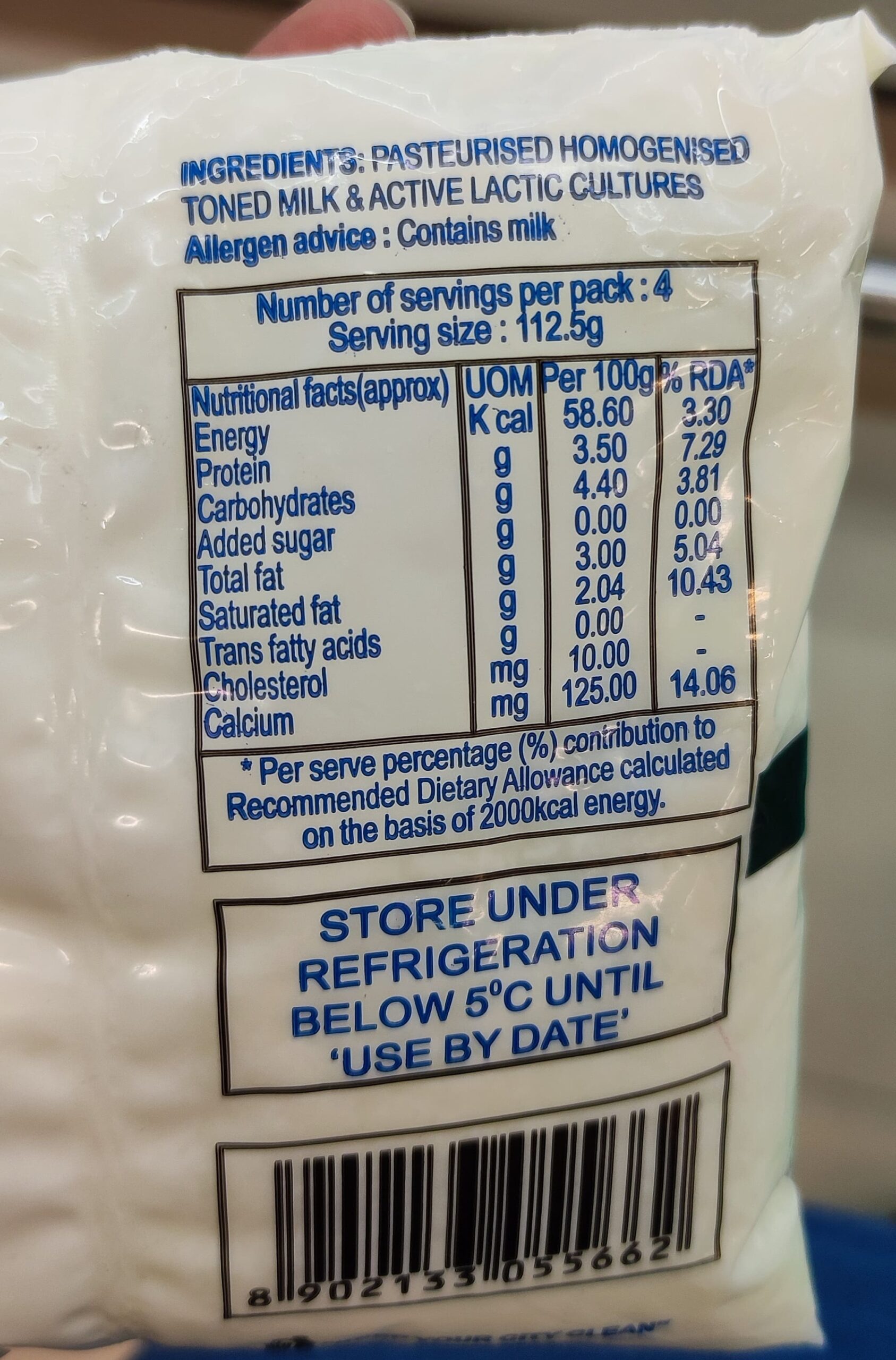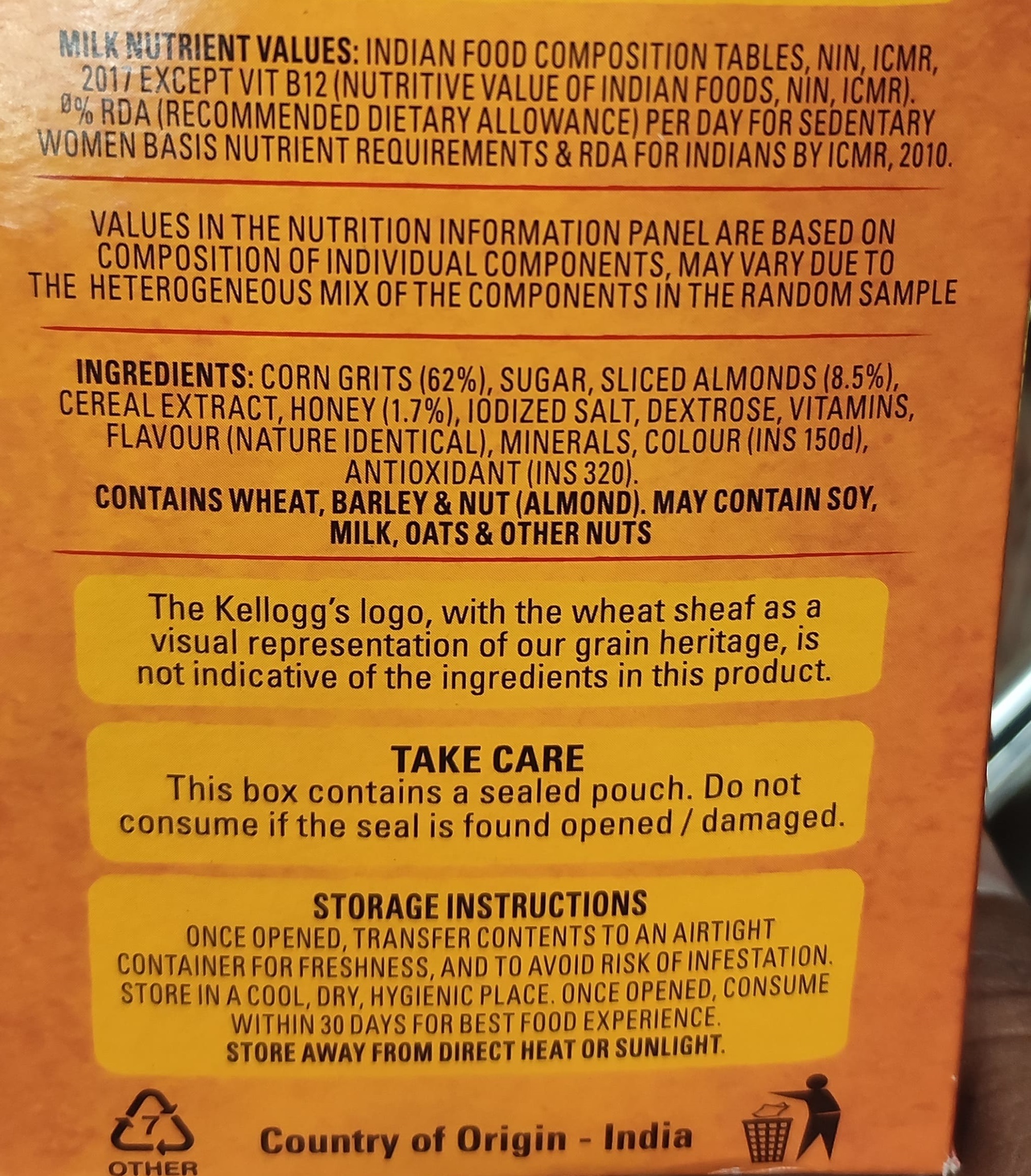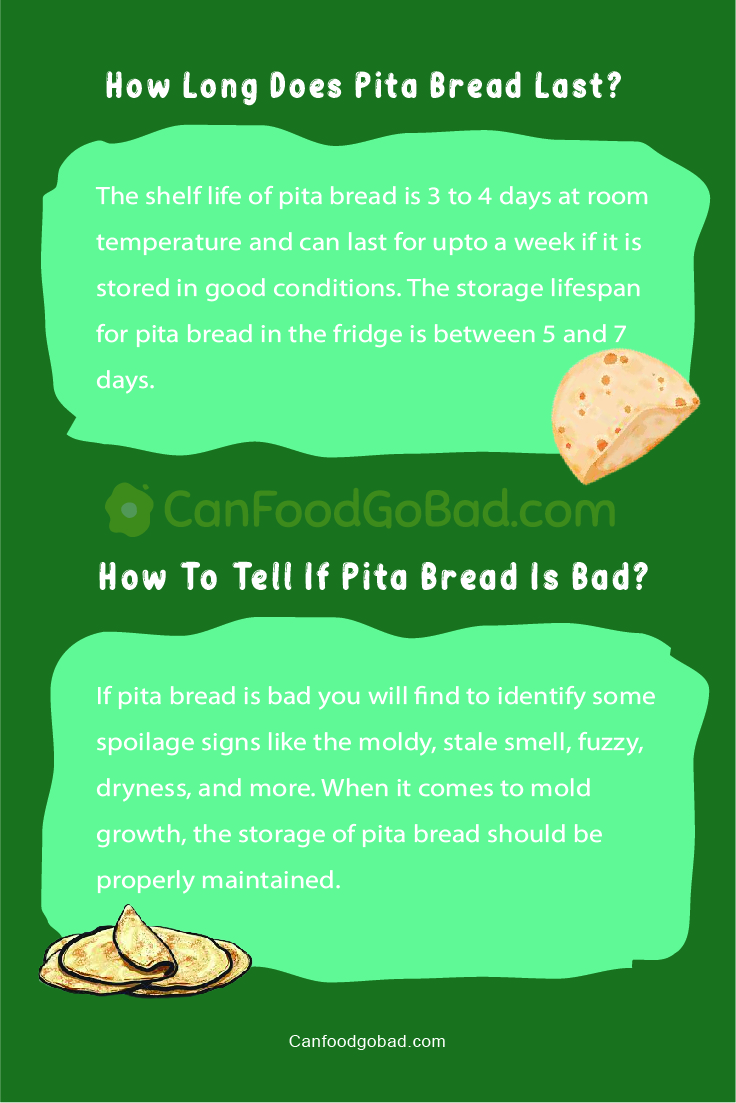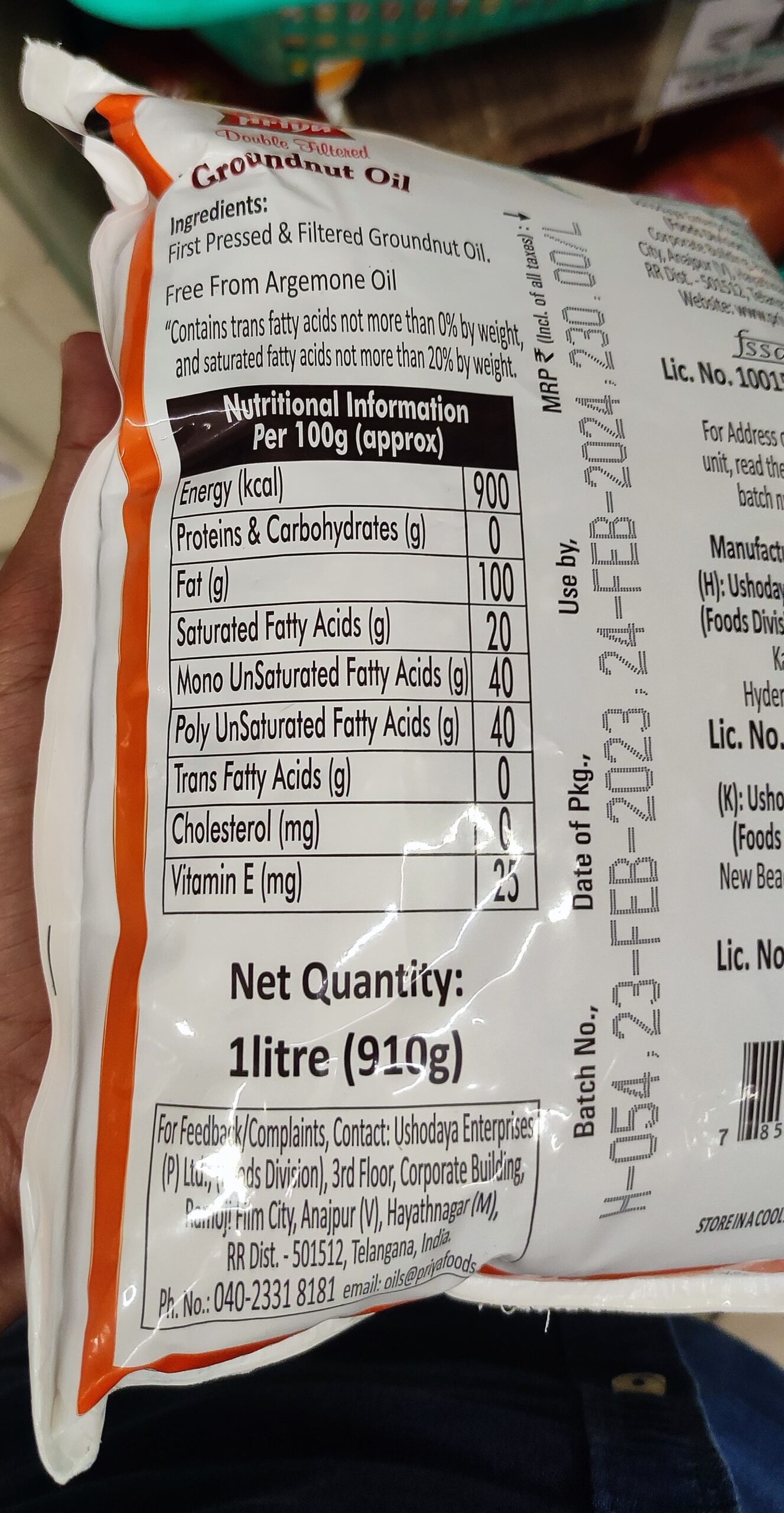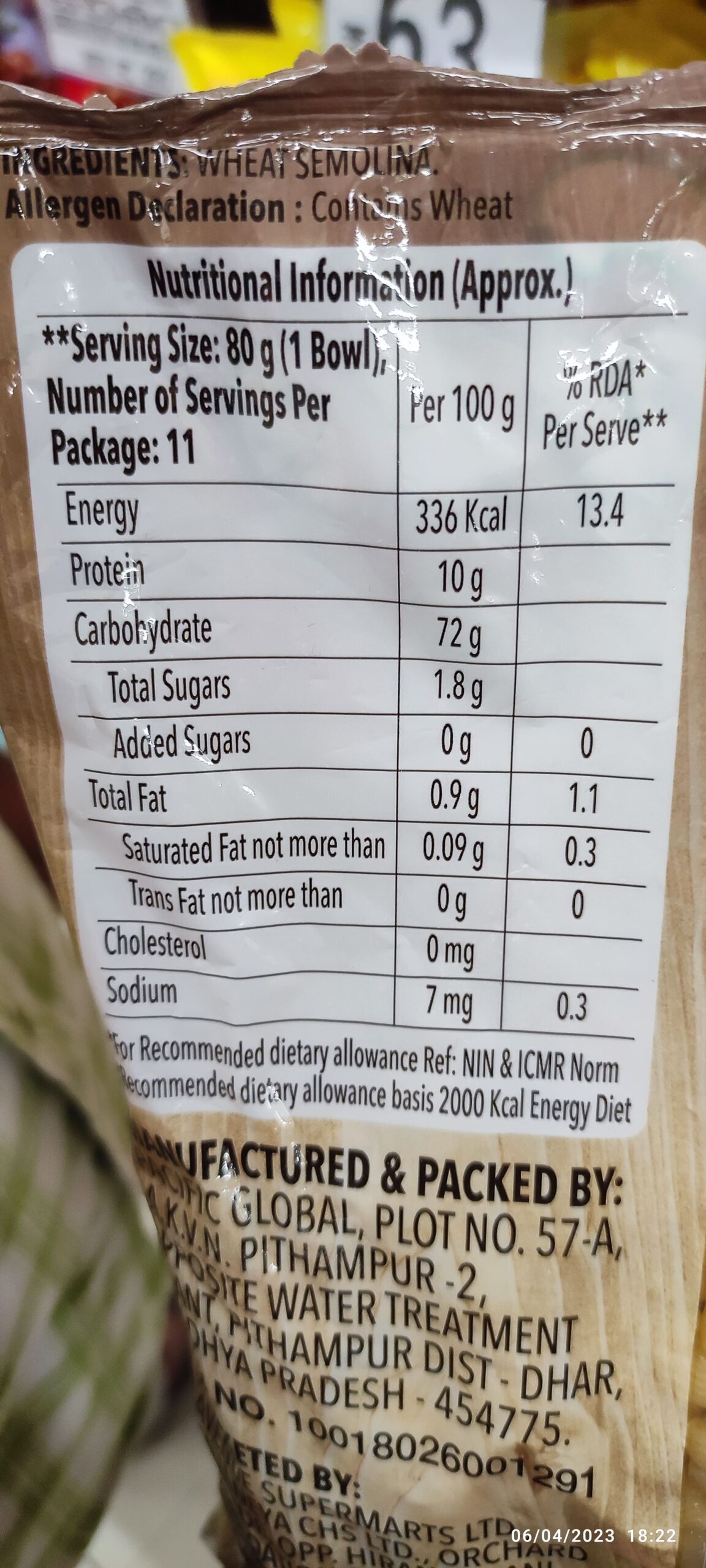Can Almonds Go Bad?: Want some instant energy and improve your memory power? Dryfruits are the best option to have especially Almonds. Almonds are one of the most common nuts that everyone should include in their daily food routine. Wondering if opened almonds packet is left in the pantry for a longer time and you have questions like can almonds go bad if left out in the pantry or fridge? how long it can last fresh? how to tell if almonds are bad or not? and more.
This is an ultimate guide on almonds that answers all your queries in seconds and assists you in storing almonds properly and with some interesting facts about almonds. You may also gain knowledge on various nuts and seeds like can cashews go bad, Can Peanuts Go Bad, etc. from our website. Go with the links provided below and check the details about almonds in no time.
- Do Almonds Go Bad?
- Signs of Spoilage | How to Tell if Almonds Are Bad?
- How to Store Almonds | Tips To Store Almond Nuts Fresh
- How Long Do Almonds Last? | Almonds Shelf Life
- Little Facts You Should Know About Almonds
- What Happens If You Eat Bad Almonds?
- FAQs on Can Almonds Go Bad or Expire? | Shelf-Life of Almonds
- How long does it take for almonds to go bad?
- What happens if you eat bad almonds?
- CAN expired almonds make you sick?
- What is the shelf life of soaked almonds?

Do Almonds Go Bad?
Yes, Almonds go bad. If the packet of almonds is sitting in your pantry for a long time or else it comes in contact with suboptimal conditions then almonds go rancid. When any nuts go rancid, means smell fine but taste bitter and sharp. We mainly suggest everyone toss the rancid almonds as they won’t be good for their health.
Taking a risk and adding the rancid almonds as toppings in baked goods will change the taste of the recipe so it’s not recommendable. Also, you will find some other reasons to discard the almonds along with rancid and they are explained below.
Do Check: Can Brazil Nuts Go Bad
Signs of Spoilage | How to Tell if Almonds Are Bad?
Spotting the Spoiled Almonds can be tough though you can make it easy by taking a closer look and tasting one or two almonds randomly from the bunch. If you find anything odd after testing & tasting the almond then you should discard them immediately. Also, you can toss them if:
- Grows mold in the bag: Rarely do almonds get mold. If it is closer to any water content then mold growth can happen right away and then they are done for.
- Pantry Pests: If you stored the almonds packet open in the pantry or kitchen cabinet then the bag gets infested by larvae, insect eggs, dead insects, or alive bugs. Should toss them instantly is the correct choice.
- Rancid: As we have discussed above almonds go rancid. Spotting the rancid almonds can be done by digging into one of those almonds.
Rancidity almonds taste sharp, bitter, oily, and smell like paint. Also, you can check the color change and dryness of the almonds. Finally, I recommend you all to be okay with the color, look, and smell of almonds initially, later on, try to taste them, if all goes well then nuts are absolutely safe to eat.
Do you know that almond nuts can last for pretty much a time? (see complete details in the below modules) When it is stored in inappropriate conditions, almonds go bad at a faster pace. Let’s move on to the storage practices.
Also See: Can Vanilla Beans Go Bad

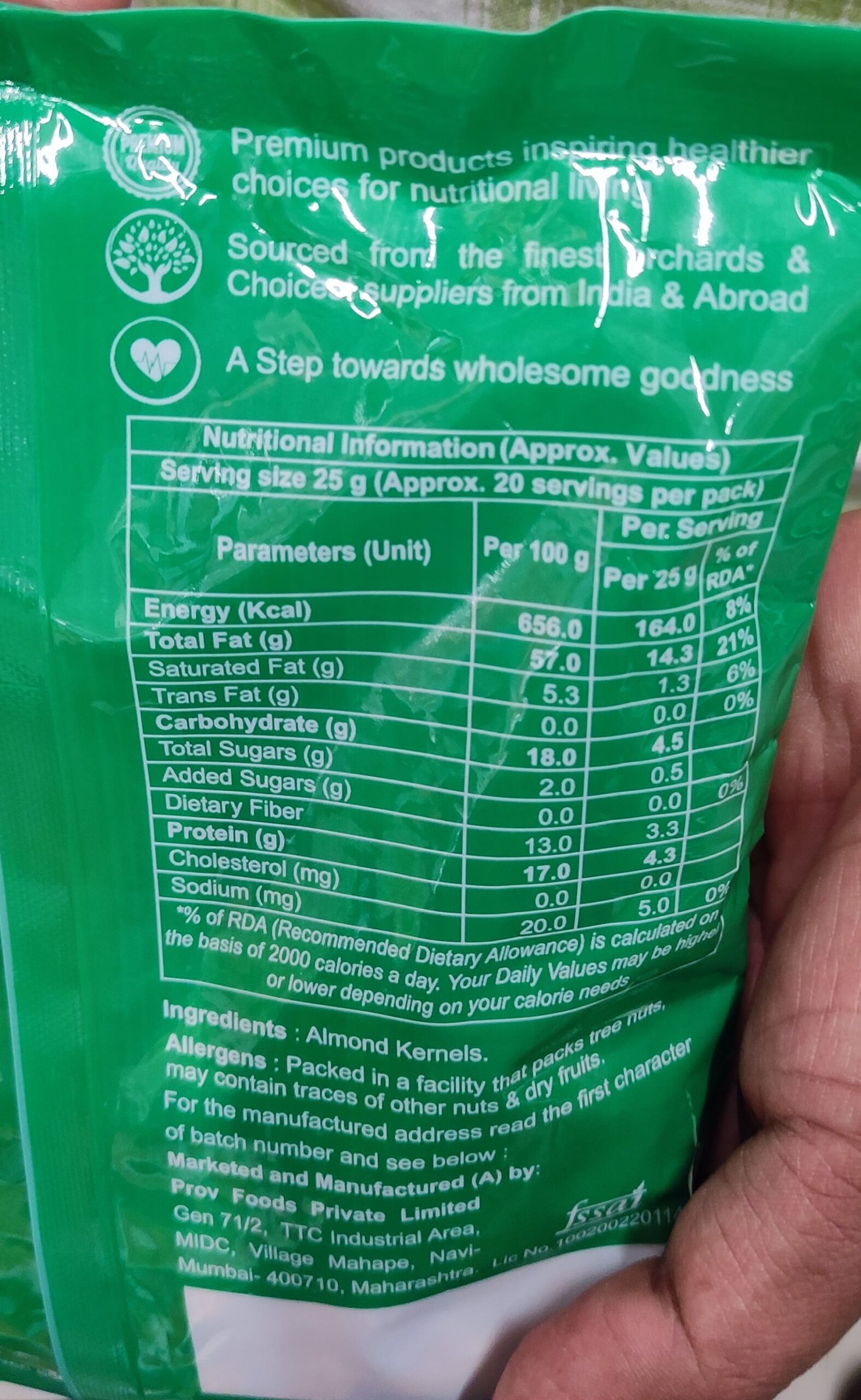
Ingredients:
Almond Kernels
Nutritional Information (Approx. Values)
Serving size 25 g (Approx. 20 servings per pack)
| Parameters (Unit) | Per 100 g | Per Serving | |
| Per 25 g | % of RDA | ||
| Energy (Kcal) | 656 | 164 | 8% |
| Total Fat (g) | 57 | 14.3 | 21% |
| Saturated Fat (g) | 5.3 | 1.3 | 6% |
| Trans Fat (g) | 0 | 0 | 0% |
| Carbohydrate (g) | 18 | 4.5 | |
| Total Sugars (g) | 2 | 0.5 | |
| Added Sugars (g) | 0 | 0 | 0% |
| Dietary Fiber | 13 | 3.3 | |
| Protein (g) | 17 | 4.3 | |
| Cholesterol (mg) | 0 | 0 | |
| Sodium (mg) | 20 | 5 | 0% |
*% of RDA (Recommended Dietary Allowance) is calculated on the basis of 2000 calories a day. Your Daily Values may be higher or lower depending on your calorie needs.
Allergens: Packed in a facility that packs tree nuts, may contain traces of other nuts & dry fruits.
How to Store Almonds | Tips To Store Almond Nuts Fresh
Want to prolong your almond’s shelf life? It’s important to store it correctly. Don’t know how to do it then here comes your savior content:
1. Store Almonds in Cool Temperatures
If you store almonds in cold storage then they may last for a longer time just like peanuts. The places that you can opt for cold temperature storage are refrigerator and freezer. Both work best for the opened almond nuts packet.
2. Store Nuts With Tight Seal
Sealing the package tight will definitely store your almonds fresh and spoilage free whether it sits in the fridge or pantry. Always go with tight sealing with your nuts and seeds no matter whether it is almond or not.
If you seal it properly then it can stop your seeds lose their flavor because of the strong odors around the package. Also, it stays fresh and mold-free till the time it can go bad or expire. If the packaging of your almonds is not so good, then transfer the rest of the almonds to an airtight container or ziplock bag, or a resealable bag.
3. Store At Dry, Dark Place
When it comes to unopened proper packaging almonds can store at room temperature in dry areas. Such a dry and dark place can keep your almonds fresh and moisture-free. It helps seeds not to go rancid quickly and stay for a longer time.
Are you wondering how long it can stay good for or how long almonds last after the expiration date or what’s the actual shelf life of raw and soaked almonds? Check out the next module for getting complete clarity on it.
Do Refer: Can Macadamia Nuts Go Bad
How Long Do Almonds Last? | Raw, Roasted & Soaked Almonds Shelf Life
The shelf life of raw almonds is six months in the pantry and about a year in the fridge and they retain the best quality till the period if stored properly. Roasted almonds’ shelf life is a bit less than the original almonds. The only way to prolong the almond’s shelf life is by storing them in the freezer.
As we all know almonds go rancid if stored in worse conditions and it’s unpredictable to say how long they can last. As a result, you can check some of the survey reports here on how long almonds stay good for:
The United States Department of Agriculture stated that the storage time for almonds is as follows:
- You can store shelled almonds last for about half of the time of in-shell almonds.
- When it comes to in-shell almonds for 20 months at 0 °C (32 °F), 16 months at 10 °C (50 °F), and eight months at 20 °C (68 °F).
One more recommended timings that are stated by the FoodKeeper App is like:
- You can keep unshelled almond nuts for 6 months in the pantry, 16 months in the fridge, and if frozen can last for 20 months.
- If they are shelled almonds, it lasts for 4 months in the pantry, 8 months in the fridge, and 10 months in the freezer.
The below provided estimated periods are taken after considering so many factors including seed type, what is the storage place & condition (opened or unopened). With respect to store-bought almond packets, you can see the shelf life on the package printed as best-by or expired dates. But the quality check is mandatory before using them in recipes for snack time.
Must Read:

Wondering how long opened almonds can last? As soon as possible you need to finish the opened almond packets when it is stored in the pantry if not they may lose their quality too fast. When it is in the fridge, it lasts for up to 5 weeks, in the pantry complete the leftovers within 14 days. Check the following table that shows the almond’s lifespan in a brief way.
| Almonds Type | Lifespan | |
| Refrigerator | Pantry | |
| Raw almonds | 1 to 2 years | 2 to 4 months |
| Opened snack (processed) almonds | 4 to 5 weeks | 10 to 14 days |
| Unopened snack (processed) almonds | Best-by date + 1 month | Best-by date + 5 to 7 days |
Also, download the shareable image on the shelf life of almond nuts do share it with others via different platforms to spread awareness about the same.

Little Facts You Should Know About Almonds
- The trees of almonds are the oldest domesticated trees from 3000 to 2000 BC in Jordan.
- The seeds of almonds grow inside a fuzzy hull.
- Basically, it really grows faster in the seasons of hot and cool winter.
- Almonds crop pollination is completely dependent on the wild bees and honey bees.
- You can see eight varieties of almonds and the most costly type is nonpareil.
- The first food awarded a qualified health claim in the US is almonds.
- Almond nuts assist in the slow intake of sugar and carbs.
- It is rich in fiber, proteins, and nutrients.
- It can easily control cholesterol levels and regulate blood sugar.
What Happens If You Eat Bad Almonds?
When consumed in smaller portions expired almonds will not make you sick. However, if you eat rancid almonds on a regular basis you might face chronic health problems. You will notice a difference in taste i.e. the taste will be sharp and bitter in case of rancid almonds.
FAQs on Do Almonds Go Bad or Expire? | Shelf-Life of Almonds
1. How long does it take for almonds to go bad?
The time it takes for almonds to go bad is their shelf life when stored in the pantry or in the fridge or freezer.
2. What happens if you eat bad almonds?
Eating bad almonds can cause food poisoning as it includes a toxin called glycoside amygdalin. After consumption, it breaks down into various compounds like hydrogen cyanide. This compound may cause death too.
3. CAN expired almonds make you sick?
If you consume expired or rancid or stale almonds, can make you sick but not immediately. In long term, it can show some harmful effects on your body. So eating bad or expired almonds is not advisable.
4. What is the shelf life of soaked almonds?
The soaked almonds’ shelf life is for about one week when they are stored in an airtight container in the fridge.
Key Points
Wishing that the shared details with regards to Can Almonds Go Bad and its shelf life, signs of spoilage, and tips to store almonds helped you to some extent. If you still had queries on the same then reach us via below comment section and our team will get back to you soon. Meanwhile, visit our site or bookmark it to get alerts on food articles when we publish or update anything.









